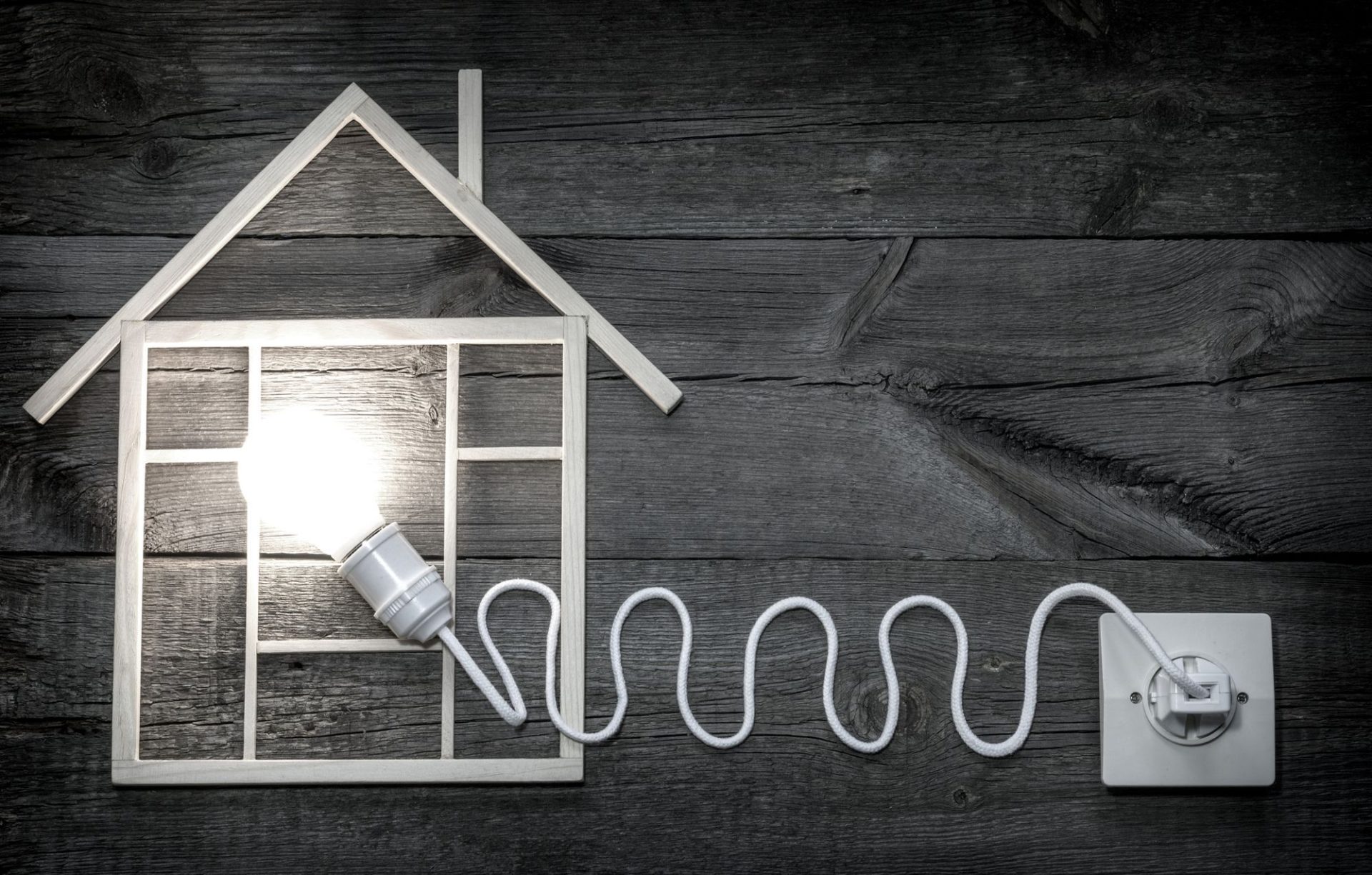After the Inflation Reduction Act (IRA) was enacted in August 2022, our analysis found that many supporters’ claims about how it would advance environmental and climate justice were overstated. Because Congress was only able to pass the IRA through the use of a special procedure called “reconciliation,” many provisions intended to address environmental justice were underspecified in the statutory text. Thus, while the IRA contains many promising programs that can potentially advance environmental justice, it is not self-executing; many important details need to be filled in appropriately by the agencies that administer them. However, with careful implementation that centers the needs and voices of the most impacted communities, the IRA can live up to its environmental and climate justice potential.
Aside from the energy tax credits, which account for the vast majority of the IRA’s investments, the IRA’s flagship programs that directly benefit individuals and households are home energy rebates. The IRA appropriates $8.8 billion for two different rebate programs to be administered by the Department of Energy (DOE): the Home Efficiency rebates and Home Electrification rebates.
- Home Efficiency: Rebates for whole-home energy efficiency upgrades, based on measured or modeled energy savings. The law authorizes larger rebate amounts for low- and moderate-income (LMI) households.
- Home Electrification: Point-of-sale rebates for LMI households to purchase various kinds of high-efficiency electric appliances, including heat pumps, heat pump water heaters, and induction cooktops.
On March 3, we submitted comments in response to the DOE’s Request for Information (RFI), which sought input to inform the creation of program guidance and related tools for these rebate programs. Supported by 60 equity, environmental justice, community-based and grassroots organizations, coalitions, and allies, we provided recommendations on how DOE can implement both programs in a way that prioritizes equity and environmental justice.
Read a summary of our recommendations below. For more details, find our full comment letter here.
- 100% of rebates for low-income households and disadvantaged communities – Low-income and disadvantaged communities (LI/DACs) should receive all of these rebates. Within that prioritization, DOE should require states to set aside at least 40% of the funds for LI/DACs and at least 20% of the funds for multifamily affordable housing. The remainder of the funding should be used for low-income and disadvantaged communities. DOE should also consider establishing an income cap for the Home Efficiency rebates.
- Maximize pollution reduction and cost savings – DOE should require plans to maximize the cost savings for LI/DACs by targeting households with high energy burdens. DOE should not allow rebates to be used for anything using fossil fuels.
- Streamline income verification – DOE should require states to streamline income verification by allowing self-certification and eligibility based on participation in other income-based federal, state, or local benefit programs.
- Clearly identify disadvantaged communities – DOE should use either its energy justice mapping tool or the Climate and Environmental Justice Screening Tool as well as categorically including Tribal lands and U.S. territories to define disadvantaged communities. DOE should also allow states to use their own tools to define disadvantaged communities, if the state tools are on par with or more robust than the federal tools.
- Coordination with other programs – DOE should assist states with developing mechanisms that coordinate with complementary efficiency, weatherization, and similar programs to improve program efficiency and provide more targeted and holistic retrofits.
- Best practices for multifamily affordable housing – DOE should require that rebates are provided before project completion, assist states with providing rebates in the form of loans, and clarify the application of the program to multifamily affordable housing.
- Robust tenant and consumer protections – DOE should require states to develop tenant protections for owners retrofitting low-income households, including rent protections, relocation assistance and right of return, eviction and sales protection, enforcement of tenant protections, and provisions to ensure that income-eligible households benefit from the retrofits.
- Program evaluation and equity measurement – DOE should require reporting and program evaluation to ensure its program’s design best meets the needs of LI/DACs.
- Transparent and accessible information – Require states to ensure that online information is understandable, transparent, and accessible to meet the needs of all community members.
- Require community engagement – DOE should require states to include community engagement plans, community benefits plans, and community workforce agreements to ensure that LI/DACs realize the benefits of the program. This should include targeted outreach to Minority, Women, and Disadvantaged Business Enterprises and partnerships with community-based organizations to design programs to most successfully reach LI/DACs.
- Advance a diverse workforce – DOE should encourage states to provide opportunities for workforce development and conduct robust outreach to encourage the participation of small and minority-owned enterprises in the program, especially from LI/DACs. DOE should also prioritize contractors that are Minority, Women, and Disadvantaged Business Enterprises and use high road practices.
